First Drive: The Tesla Cybertruck Feels Fast, Sort of Cheap, and Incomplete
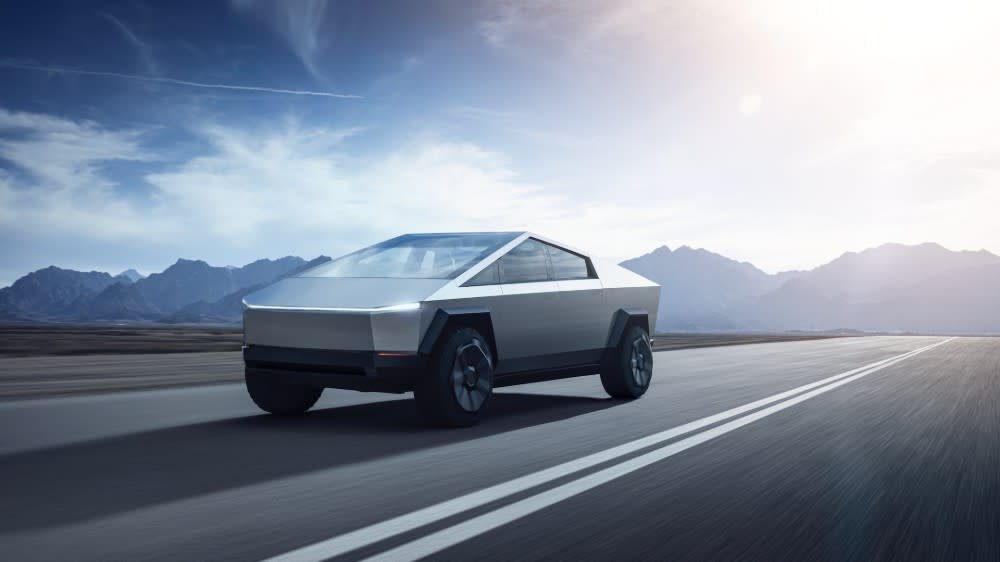
The Tesla Cybertruck has been divisive since its debut in November of 2019. As early deliveries recently began hitting the roads, reactions to the model became even more split between hardcore fans and ardent critics. Tesla operates with minimal media effort, which makes independent reviews of the EV somewhat hard to find, much less trust. So when the owner of a brand-new Cybertruck offered me a chance to experience the model firsthand, I jumped behind the wheel hoping to ascertain the practicality and performance of this overtly muscular and radically styled electric pickup truck. Of course, this was right after the Cybertruck had been recalled due to a plate on the accelerator pedal that can fall off and cause, well, unintentional acceleration—something I kept in mind throughout the drive.
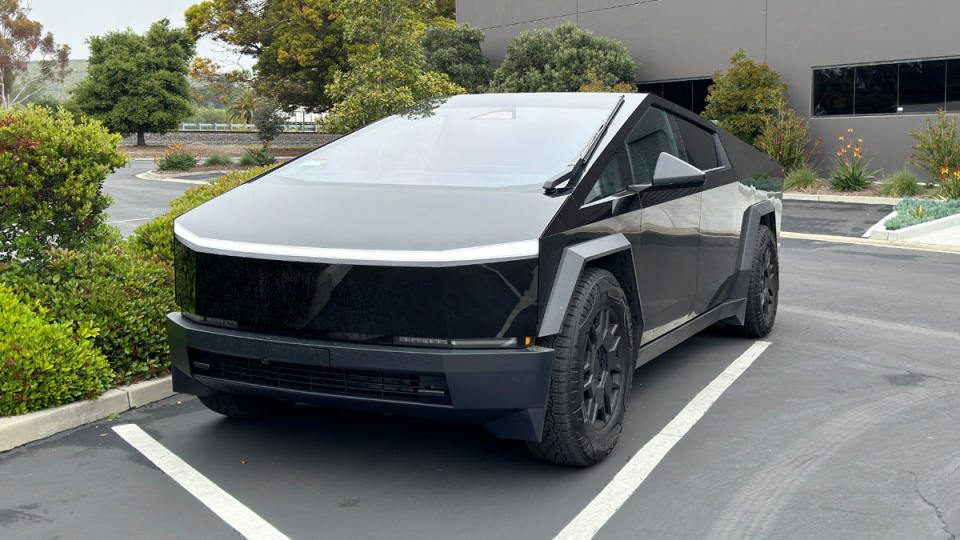
Aside from that all-important safety concern, the most controversial element of the Cybertruck is its appearance, defined by a trapezoidal profile that accentuates its physical presence. The version I piloted was the 845 hp Cyberbeast equipped with tri-motor all-wheel drive and the Foundation Series package. The owner claims he placed a deposit within the first 10 seconds of Tesla’s earliest preorder window, but only received the truck in March of this year, after spending roughly $130,000 in total.
More from Robb Report
Forget the Batmobile. Pininfarina Just Unveiled 4 Bruce Wayne-Inspired Electric Hypercars.
Tesla Says It's Working on New EVs After a Huge Drop in Profits
The Foundation Series translates to white interior upholstery and a host of gadgets that includes a light bar on the roof and an optional extended-range battery pack. However, it bears noting that the light bar and extended battery were not available when this example was delivered, and Tesla has provided no estimate for when the two upgrades might be ready for installation.
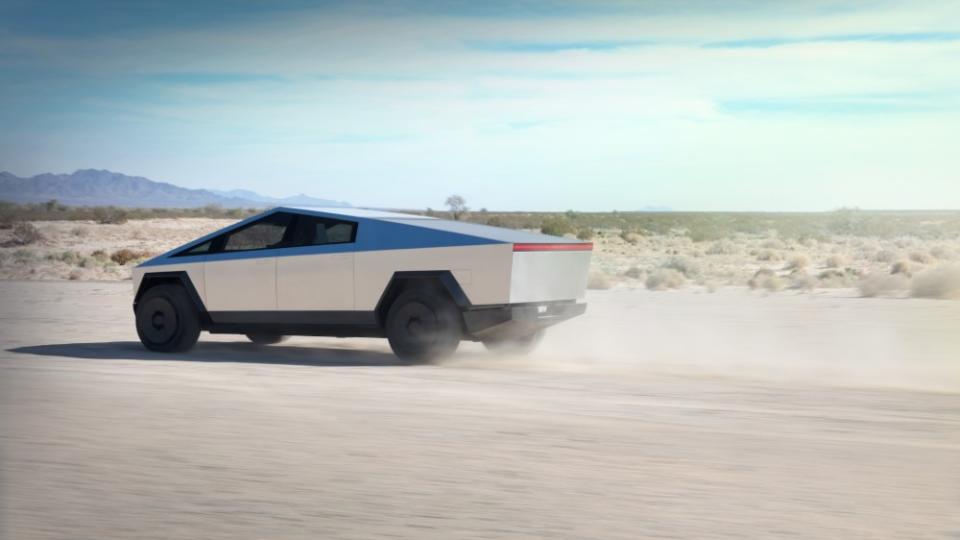
Once inside, it’s hard not to focus on this specific vehicle’s uneven dash panel above the Foundation Series badging, along with the section of trim already dangling off the A-pillar by at least half an inch. Otherwise, the stark interior builds on the aesthetic established by the Model S in 2012, though the lack of premium touchpoints fits the rugged, utilitarian intent of the Cybertruck better than it does Tesla’s sedan. The dash primarily comprises the enormous central touchscreen and a small, squared-off steering wheel.

Once underway, I immediately needed to acclimate to regenerative braking, but in the case of the Cybertruck, it isn’t overly aggressive. The cabin doesn’t feel any bigger than a Ford F-150, Chevrolet Silverado, or Ram 1500, likely due to the downward slope of the front hood, barely visible over the long dash. There’s good visibility for the forward 270 degrees from the driver’s seat, but rear visibility is another story. The electrically retracting truck-bed cover completely blocks the rear window—already little more than a tiny, horizontal piece of glass. Fortunately, Tesla clearly recognized this issue, so a series of camera angles on the touchscreen serve as auxiliary rearview mirrors to make up for the massive blind spot.
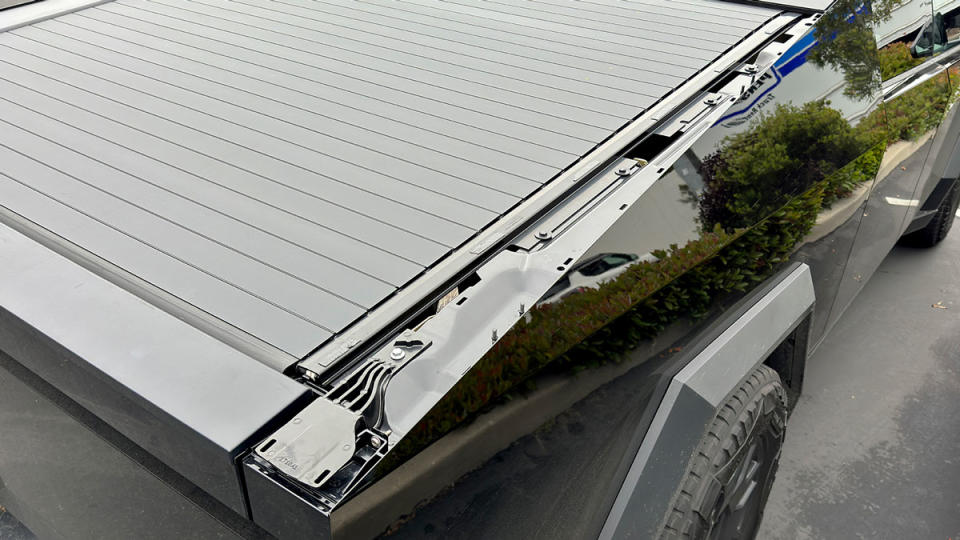
Unlike the cameras, many touchscreen-accessed controls remain hard to find, buried deep within various menus, including how to change audio input for the infotainment system. But once the sound system is engaged, the sonic landscape is marked by crisp highs, clear mids, and a penetrating bass that’s only amplified by the lack of an internal-combustion-engine’s soundtrack.
Although the Cybertruck has launch control, the model lacks the immediate gut-punch of other Teslas—or Lucids, or Rimacs, for that matter—but considering an overall curb weight approaching 7,000 pounds, plus massive tires measuring 35 inches in diameter, the vehicle has hustle that’s truly impressive. Also impressive is the ride comfort, which is owed to the tall tire sidewalls and suspension damping. And the ample brake power deftly counters the Cybertruck’s ability to reach speed with alarming ease. As with so many heavy EVs, though, the Cybertruck’s chassis can present rafting motions due to the skateboard layout of the battery and the additional effects of rear-wheel steering. This may make passengers in the back a little nauseous.
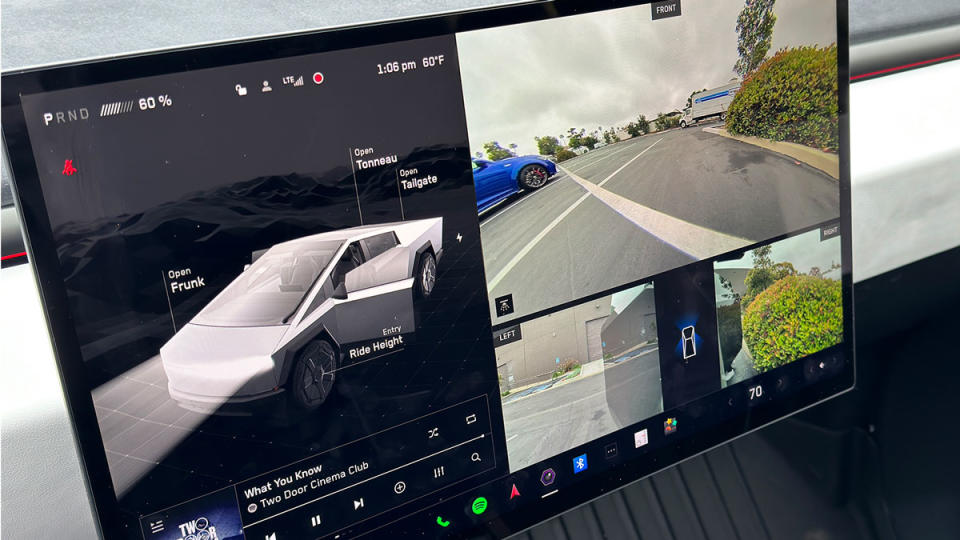
The biggest challenge I encountered was adjusting to the drive-by-wire steering. The fully electronic system boasts a purposefully tight ratio, meaning that a 90-degree spin of the steering wheel in either direction will suffice for almost any daily driving scenario. At the slightest initial steering input, the front tires begin to turn, and all feels normal. That is until the rear steering kicks in a moment later—suddenly the front and rear axles seem somewhat disconnected, almost akin to piloting a rudder-equipped sailboat into a marina. The odd sensation might be great for parking lots or sharp turns, but with rear steering up to 10 degrees—more than double that of a new Mercedes-Benz E Class, for example—the system never felt comfortable to me.
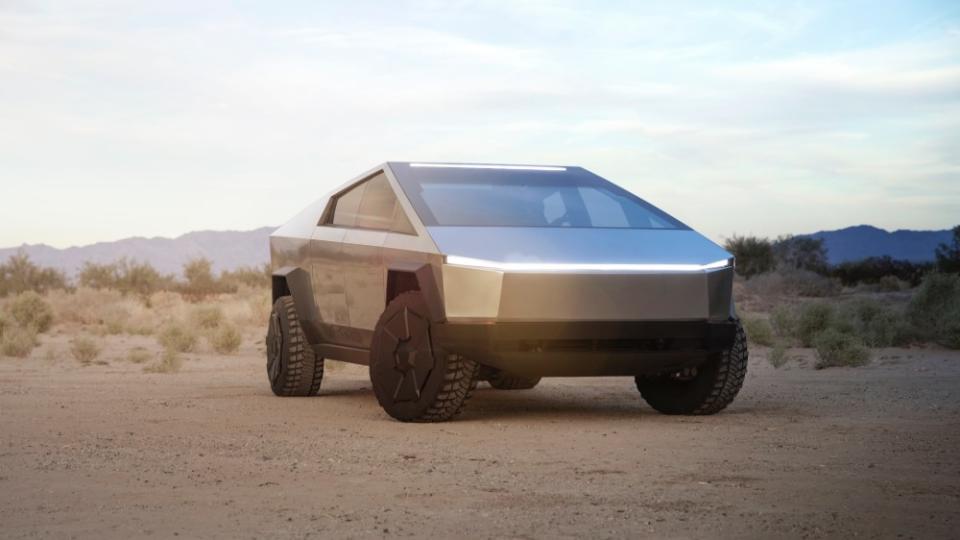
A concern for those who want to take the Cybertruck off-roading is the potential to break the rear-steering tie-rods, or even just scratching the solid exterior panels, as Tesla’s timeline for repairs simply does not yet exist.
I hopped out of the vehicle perplexed by the state of the EV market. Is this really the future? A huge truck with a massive battery pack and inefficient aerodynamics seems contrary to the purported sustainability that both startup and legacy EV manufacturers need to promote.
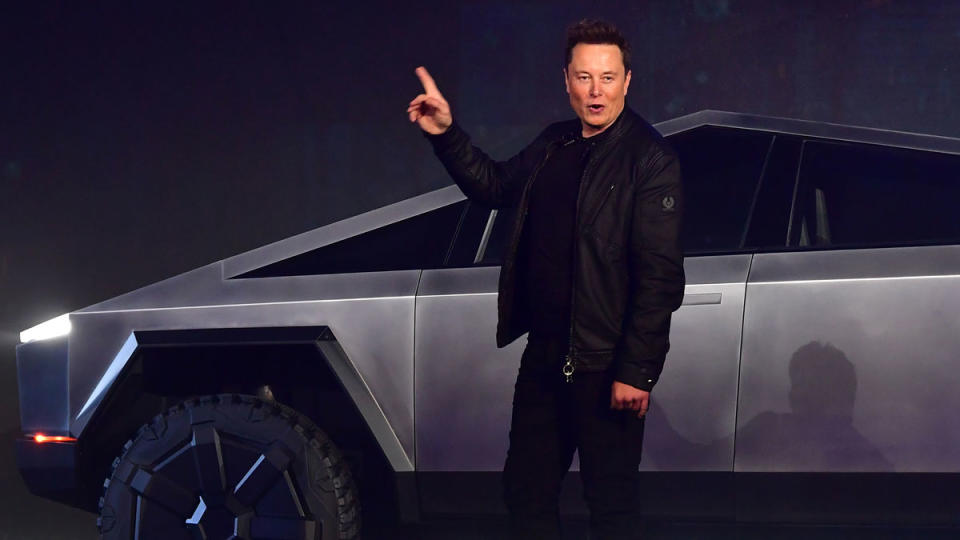
In that regard, the Cybertruck’s design and excessive engineering seem directed toward a more dystopian future. However, no EV thus far has generated so much mainstream conversation as this aggressive Tesla, and increasing the dialog about the current and future state of electrification is a good thing.
Ultimately, the Cybertruck is a missed opportunity. Musk could have proved the skeptics wrong by bringing such an unabashedly bold concept to reality with a level of build quality never before seen from Tesla. Unfortunately, the finished product arrives in poor form, which, in my opinion, makes it little more than a gimmick that may set the entire EV industry back by sowing more seeds of doubt and division.
Best of Robb Report
Sign up for Robb Report's Newsletter. For the latest news, follow us on Facebook, Twitter, and Instagram.

